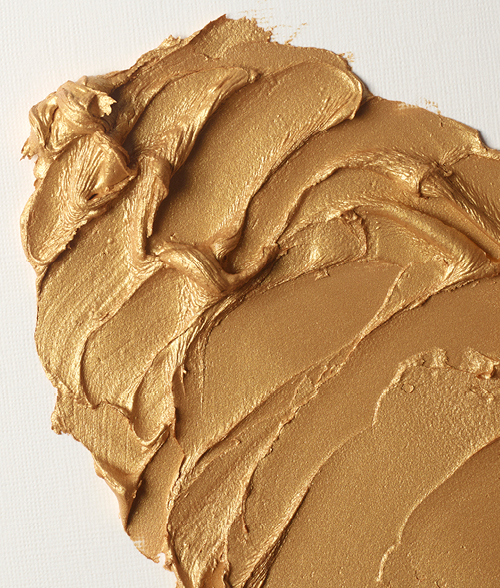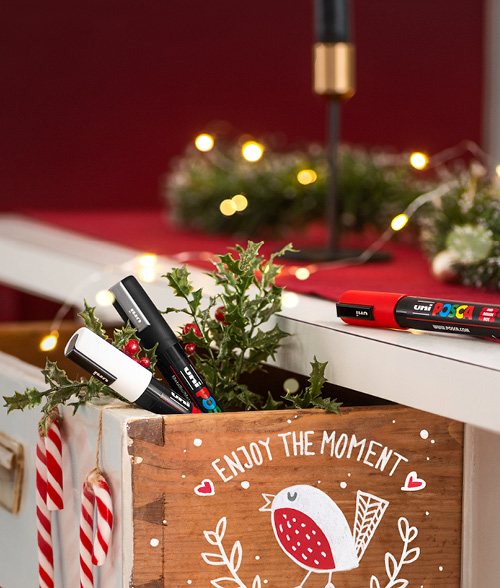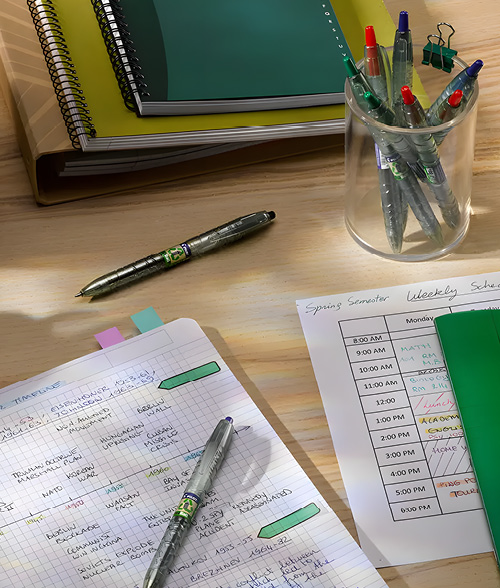A surface to paint on is one of the most essential things when you create. It can be a canvas, glass pane, coffee mug, a sign, or maybe a wall, but the most common surface is paper.
There are a lot of different kinds of paper, and even if the name of the paper can give you an idea of what it is most suitable for, sometimes it can be difficult to choose. If you have not already read our guide where we explain some paper-related words, please do that if you feel unsure of something that is mentioned in this text.


Of course you do not have to use a specific paper only based on what kind of pens or paint that you use. Exciting things can happen if you experiment and think outside the box. However, it can be good to be aware of some things when it comes to paint, pens and paper, in order to get the best final result. With the help of this guide, hopefully you can navigate better in the search for your new favorite paper.
Acrylic paint, oil paint, gouache and watercolour demands a heavier paper, or else the paper will become bumpy or, in worst case, get ruined. Watercolour paper, but also paper used for acrylic paint for example, often has some kind of texture. Whether you should choose hot pressed, cold pressed or a paper with rough texture depends entirely on what you prefer and what suits what you intend to paint. The only way you can find out is to try different textures out! Some papers that are intended for oil and acrylic paint have a texture that reminds of a canvas. In that way you can use paper but still get the benefits of a canvas.
If you are into lettering or calligraphy, or maybe like to illustrate with fineliners, a completely smooth paper is preferred. Partly because it is easier to make even lines (no texture or unevenness that are “in the way”) but also because the smoothness is more gentle on the pens that you may use. It is common that a brush pen or a fineliner has a felt tip. If you use a felt tip pen on an uneven surface, the tip can be worn out faster. That will also lead to bad precision.
Pastel comes in two different forms – dry pastel and oil pastel. If you paint with a dry pastel it is better to use a paper with a rough surface, because then it is easier to get it to attach to the paper. The surface on pastel paper can sometimes resemble sandpaper in its texture, because of this reason.
Markers, like Copic or Promarker for example, or felt tip pens are often alcohol-based and therefore the colour will bleed if you use them on ordinary, untreated paper. That is the reason why marker paper exists: it has a treated surface that prevents colour from bleeding through the paper. If you are drawing with markers on marker paper, it will be easier to blend the colours and the markers will also not run out as fast.
At Pen Store you can find paper in a lot of different formats, sizes and colours. Here you can find pads with different bindings, but also sketchbooks and notebooks. You can find all the paper that we can offer in the category Paper & Pads.


 Ireland (EUR)
Ireland (EUR)








